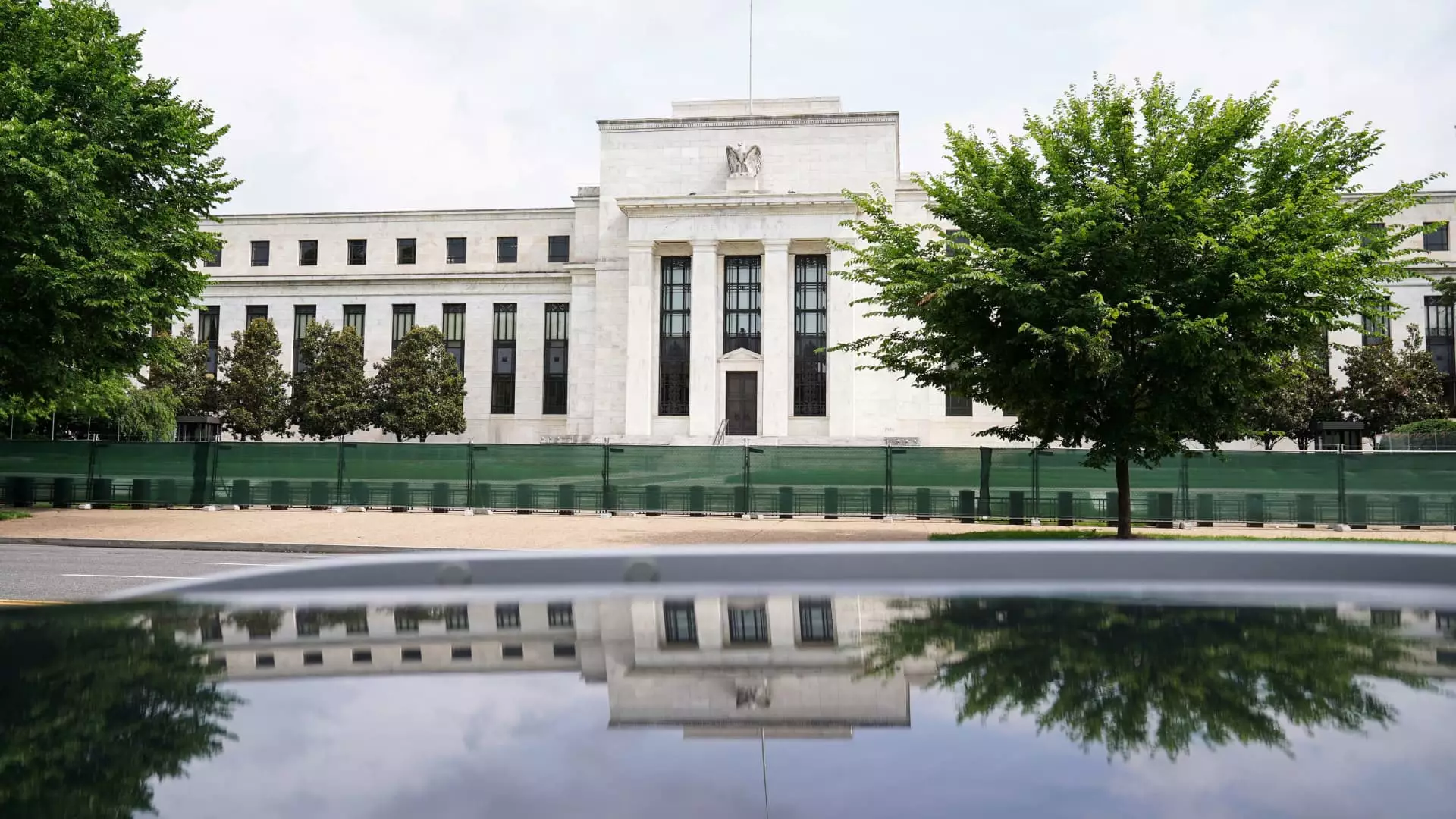As inflation shows signs of cooling, the potential for the Federal Reserve to reduce interest rates has become a topic of significant interest for consumers and economists alike. The recent drop in inflation figures, with the Consumer Price Index (CPI) recording a substantial decrease from a peak of 9% in 2022 to approximately 2.5% today, suggests that the pressures that consumers have been grappling with could start to ease. This comes after a prolonged period during which rising prices have caused financial strain on households across the United States. According to Brett House, an economics professor at Columbia Business School, while the prospect of an interest rate cut may provide some comfort to consumers, it is unlikely to yield immediate financial relief.
The challenges posed by persistent inflation led the Federal Reserve to implement a series of aggressive rate hikes, driving the benchmark federal funds rate to its highest level in decades. This transition was a necessary measure aimed at curbing rampant inflation, but it has also resulted in increased borrowing costs for consumers. As a result, various loans, including mortgages, credit cards, and auto loans, have seen rates soar, landing many households in a financially precarious situation. Greg McBride, the chief financial analyst at Bankrate.com, suggests that the green light for the Federal Reserve to begin rate cuts stems from the cumulative progress made in combating inflation.
Anticipated actions from the Federal Reserve signal that interest rate reductions may begin as soon as the upcoming meeting in mid-September. Analysts estimate that the initial cut could be around a quarter percentage point, a development that, while positive, is likely to have minimal immediate impact on consumers’ financial burdens. The expectation is for a series of cumulative rate cuts that could eventually lead to more meaningful changes in borrowing costs. However, McBride emphasizes that even with these adjustments, consumers should remain cautious as one lone reduction will not substantially alter their financial circumstances.
With variable rates linked directly to the Federal Reserve’s decisions, credit card rates are poised to be the first affected. Currently, the average credit card interest rate has dramatically increased from 16.34% in early 2022 to over 20% today, marking a near all-time high. Although a reduction in the benchmark interest rate could initiate a slow decline in these rates, they may still hover above the levels seen just a few years ago. Consumers with considerable credit card debt are advised to explore balance transfer options with 0% interest offers to alleviate their financial challenges, as the anticipated rate cuts might not provide immediate relief.
Another area impacted by rate adjustments is the mortgage market. While fixed-rate mortgages are primarily influenced by Treasury yields and broader economic trends, they can still be indirectly affected by changes in Federal Reserve policy. Recently, the average rate for a 30-year fixed mortgage has dipped to about 6.3%, in response to expectations of a potential economic slowdown influenced by the Fed’s actions. However, despite this decline in rates, home prices remain stubbornly high, complicating the ability for new buyers to enter the housing market. Economists warn that rate cuts alone will not revolutionize the homebuying landscape.
Similarly, auto loan rates are expected to decrease in the wake of impending rate cuts from the Federal Reserve. Yet, the overarching expenses associated with car purchasing remain unchanged, as minor rate reductions will not allow consumers to make dramatic upgrades in their vehicle choices. The average rate for a five-year new car loan stands at around 7.7%, influencing loan affordability for potential buyers. Experts recommend that those planning to finance new vehicles focus on improving their credit scores to secure better terms rather than relying solely on forthcoming rate cuts.
In the realm of education financing, student loan rates are mostly fixed, meaning the immediate effects of rate cuts will be negligible for federal loan borrowers. However, private loans, which may have variable rates, could be positively affected, providing an opportunity for borrowers to refinance into lower-cost options. Yet, potential refinancing must be approached cautiously, as moving from federal to private loans can result in the loss of vital protections and repayment options.
While a potential rate cut from the Federal Reserve has generated optimism regarding a less burdensome financial routine for consumers, the reality remains complex. Borrowing costs may ease gradually, but significant relief may not occur without sustained action and time. As consumers prepare for adjustments in interest rates, being informed and proactive in financial decision-making will be essential in mitigating the effects of elevated costs and improving overall financial health. Understanding these nuances will allow consumers to navigate the evolving economic landscape with greater confidence.

